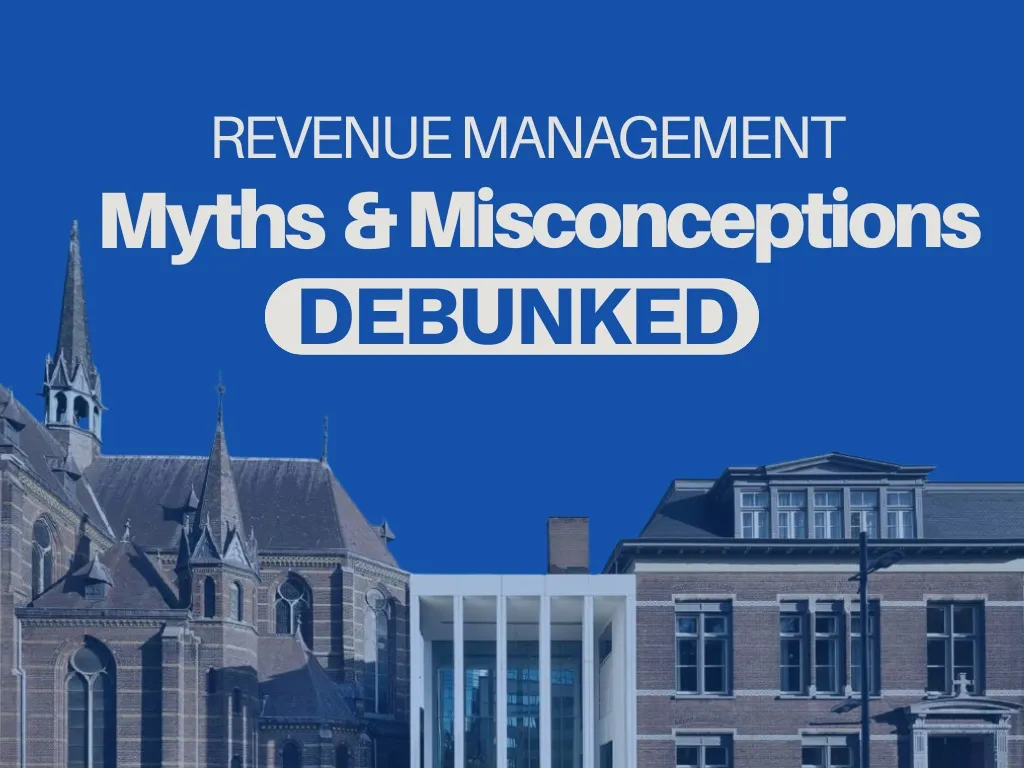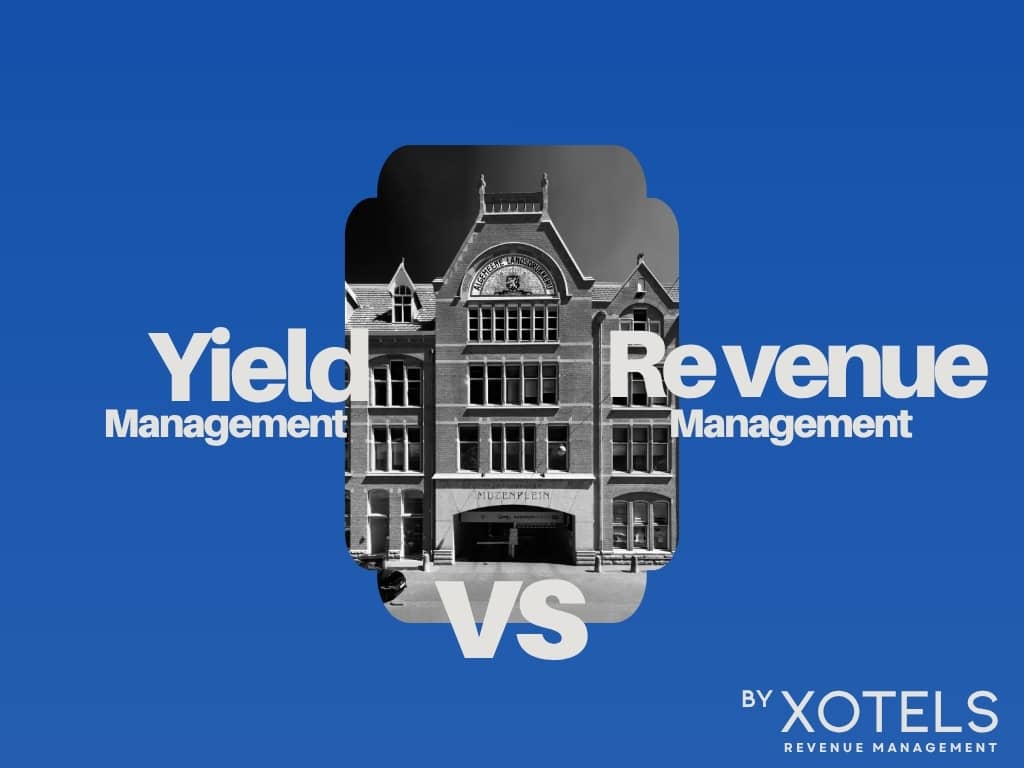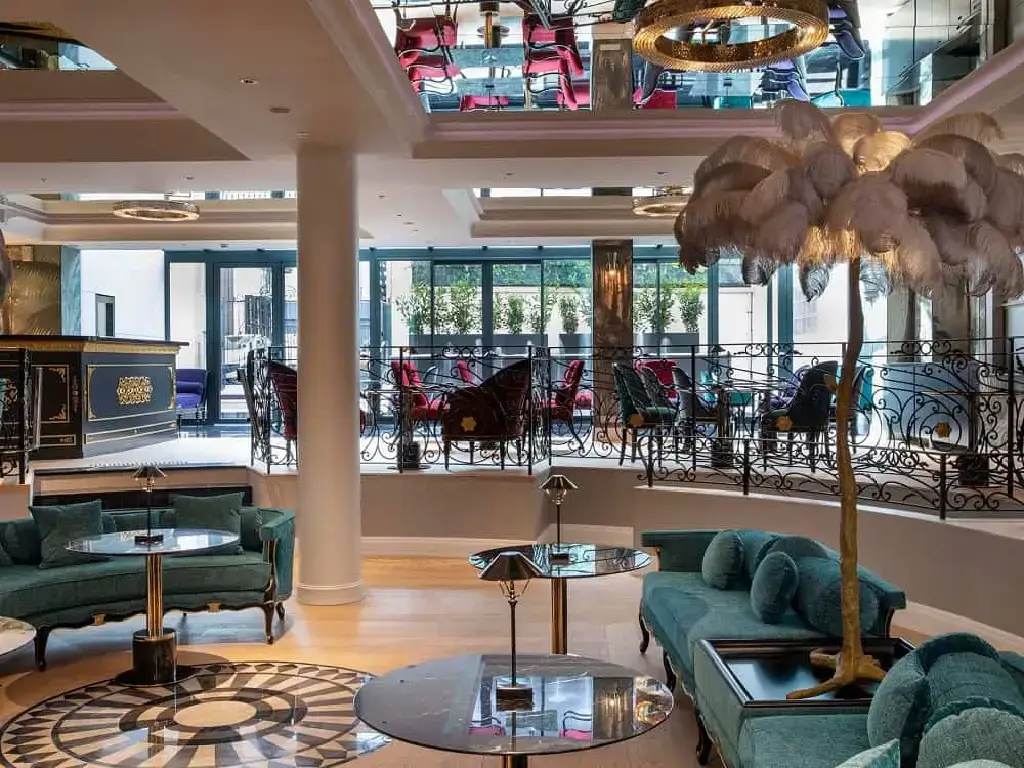Hotel Revenue Management – Future and Past

She presented me with three questions about the current state and the future of hotel revenue management. What follows are her questions and my thoughts on the subject.
1) What are the most important developments & strategies that have led to where we are now with revenue management?
The availability of information
There is much more information readily available then five or ten years ago. Consider for example website analytics, efficient benchmarking information, review score analytics. Revenue managers need to manage this information and translate it into digestible information for stakeholders at all levels in hotel organizations.


SELL MORE HOTEL ROOMS
SELL MORE HOTEL ROOMS
via the WIWT Affiliate Network.
via the WIWT Affiliate Network.
Technological developments
Technological developments are pushing revenue managers into a logical obligation to become acquainted with advanced technology implementations.
Plenty of technologies are available nowadays that are supposed to make the life of both hotel operations and consumers much easier and significantly more efficient. Things that come to mind are i.e. two-way OTA interfaces for rate updates and reservation delivery, automatic payments upon reservation or check-in, fully automated check-in. These technologies may work for some sales channels.
There is definitely no lack of providers of these advanced technologies on the market. And hoteliers seem to love the idea of automating their operations completely, and therefore eat these ideas like candy. However, technology implementation often leads to confusion and hotelier expectations are not met on a regular basis.
Revenue managers are the indicated people to lead and often execute technology implementations that eventually affects almost all departments of any hotel directly.
SoLoMo
All marketing developments in the SoLoMo sphere bring along opportunities
Maintaining a healthy channel mix
The number of available sales channels to work with grows continuously, and remains essential for hotels to maintain. Accessing new consumer markets (think about accessing BRIC consumers), and launching effective flash sale promotions are directly related to a healthy channel mix.
This is often underestimated and rapidly leads to increasing distribution cost. Have you recently checked with your CFO how much you have paid in the past 6 months to your top 3 OTA’s? Make sure you’re sitting calmly when you hear that amount.
It should always be a focus to optimize your channel mix. Smaller channels tend to work with lower commissions. More importantly, they do bring unique customers, and they stabilize your distribution power.
Especially during low season smaller distribution partners have an increased weight and tend to close an important cash-flow gap for hoteliers when used wisely.
Lowest Price Guarantees
Distribution has not stood still. The struggle to have the best price has never stopped. Wholesalers have found ways to get their prices anywhere online. OTA’s have found ways to efficiently launch promotions of non-public prices.
The impact of price on marketing, distribution and conversion, is still heavily underestimated in my opinion.
Metasearch
Metasearch remains elusive for many hotels. The mix of complex technology, marketing and advertising leads to the fact that many hotels fail to position themselves well on multiple metasearch channels, which now attract massive consumer traffic. Currently the mass of traffic is spinned mainly towards OTAs and wholesalers.
2) What are the top changes that you expect to happen in the next 3 to 5 years in hotel revenue management?
Rate Parity will soon no longer exist. On contract.
Most hoteliers that I know believe that we now have a better and healthier future ahead of us. One in which we will follow our own strategy, set our own prices accross channels, and not follow the orders of OTAs.
Rate parity, however, has never been a contract issue. Hence the contract challenge is not legitimate.
This subject is really a marketing issue.
The previously described game of having the lowest price is one of the keys to this story. The game does not change because of legislation. The game has never changed in reality.
Rate parity was invented by OTAs because it was convenient. That time has now passed. The war for the lowest rate, however, isn’t over. i.e. OTA’s and wholesalers are a couple of steps ahead and still manage to get lower rates than hotels to consumers.
Sharing economy
The sharing economy is rapidly maturing.
The marketing power of these channels is growing, their supply is growing at a fast rate. And if you’ve ever spent some time on for example airbnb, you’ll rapidly find out that their technology is pretty awesome too.
They will disrupt demand for hotels. Brace yourself.
Metasearch channels
Metasearch channels will eventually become manageable as efficiently as OTAs are now. Frontrunners will however have better chances to better optimize these channels.
Similarly, those hoteliers that were early adopters when it was time to build websites and invest in SEO and SEM. Certain frontrunners will get metasearch right.
Availability of data
Data from multiple sources (internal and external, such as PMS data, 
By having more meaningful data, revenue managers will become more efficient. These developments support new insights in total revenue management, nRevPAR reporting and GOP reporting.
3) Will these changes be different for chain versus independent hotels?
For larger chains, it is increasingly difficult to follow the rate with which all of the above developments are changing.
Certain chains try managing smaller brands to keep up with the massive movement and changes. Sometimes through purchasing a smaller brand, sometimes by launching new small brands.
The challenge is that this model is against the nature of having one large brand with worldwide recognition.
The technical challenges are similar to larger chains and to individual hotels.
However because technology providers play an increasingly important role in successfully doing business in the hotel industry, small hotels have a flexibility that gives them an advantage.
On top of that consumers have a non-stop craving for newer, trendier, different hotels, that satisfy their individual needs.
That very craving is simply incredibly hard to satisfy for chains with massive amounts of properties that in reality are all very similar, and far from unique.
If you are dedicated to keeping up, do stay in touch!
Share This Story, Choose Your Platform!
About the Author:
As CEO and Founder of XOTELS, Patrick Landman has made it his mission to turn hotels and resorts into local market leaders. XOTELS´ diverse expertise and deep-knowledge across revenue management consulting, hotel management, and hotel consulting, enables us to drive results for independent boutique hotels, luxury resorts, and innovative lodging concepts. Below you will find opinion articles written by Patrick Landman.











